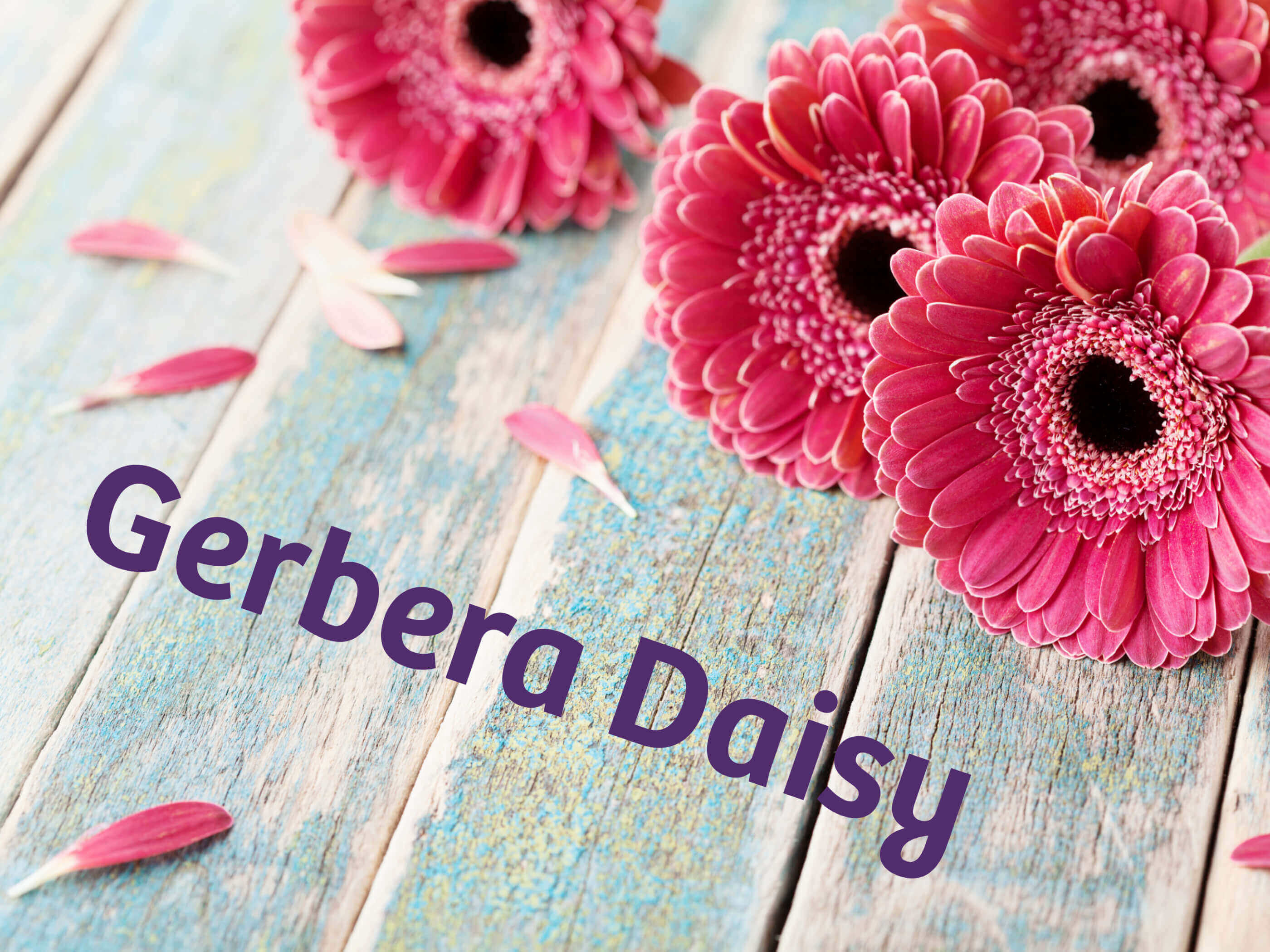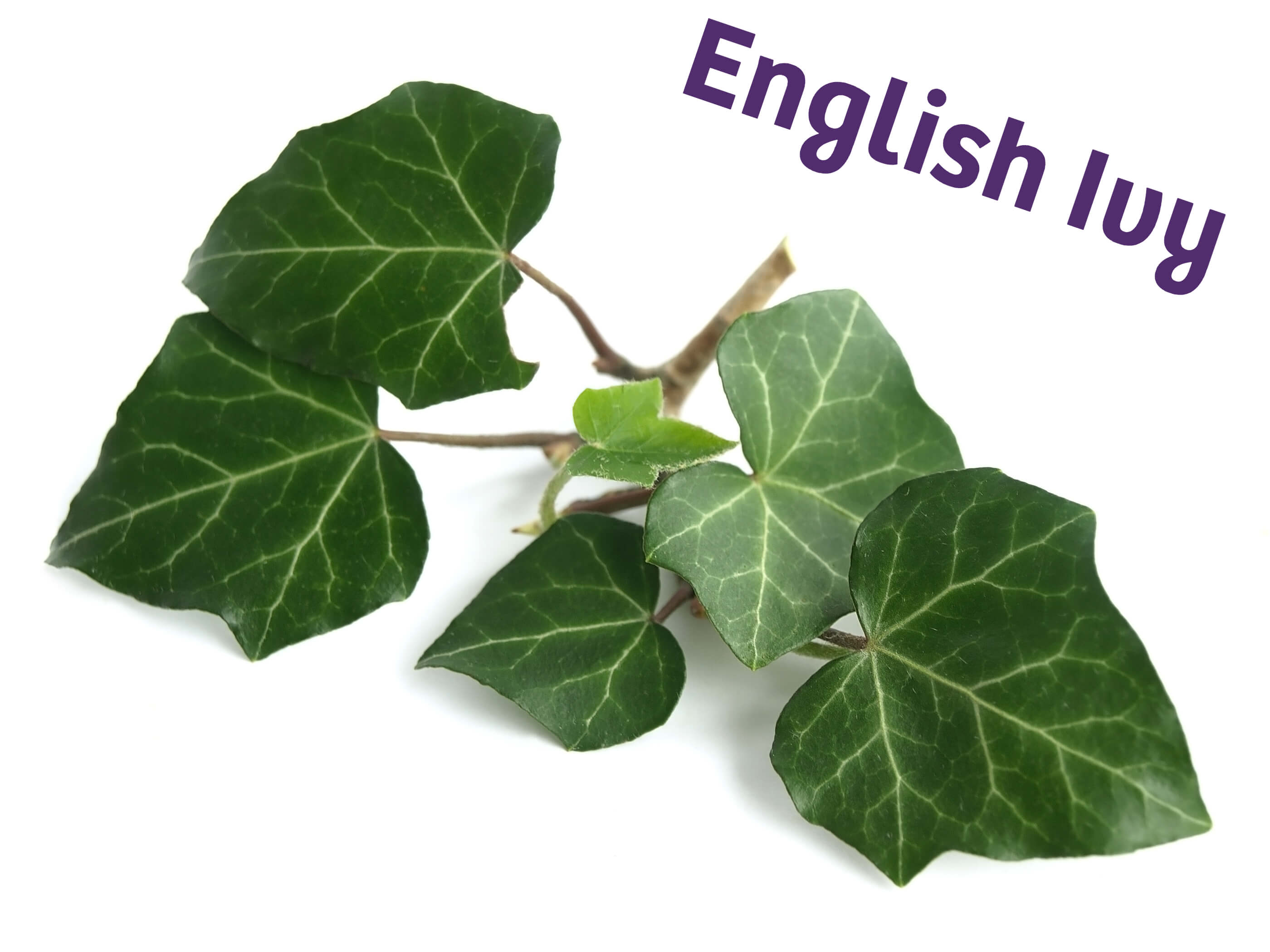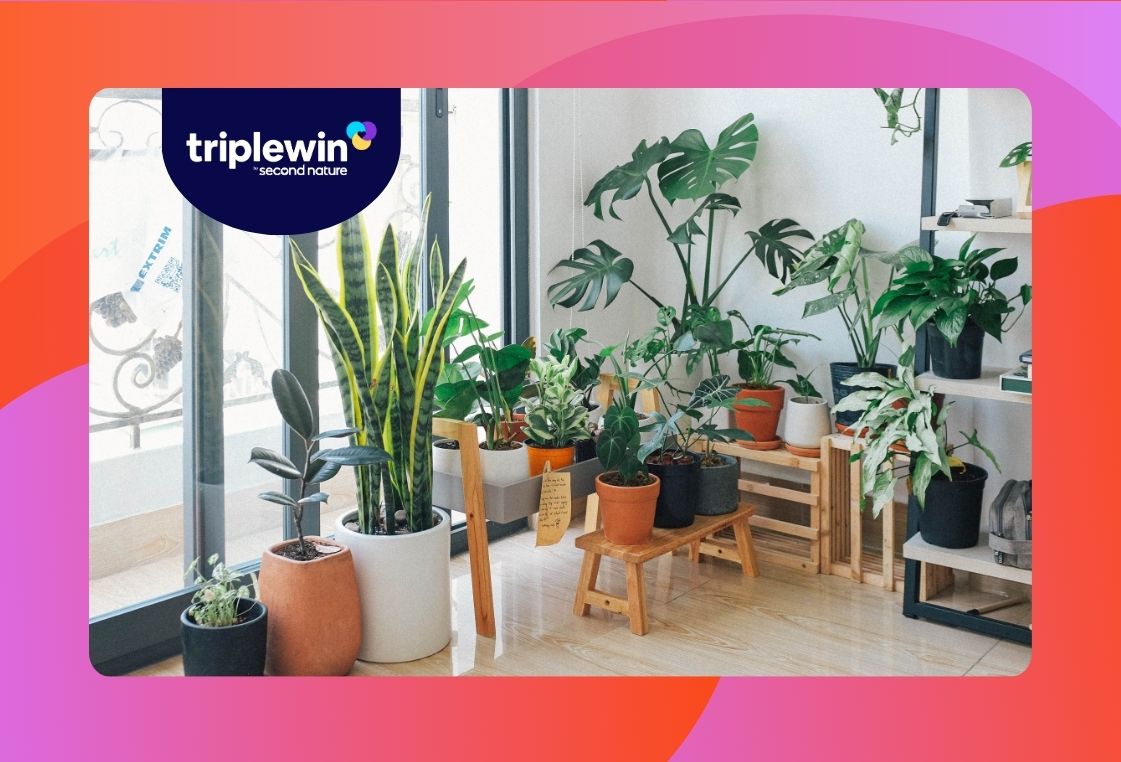Did you know that certain plants actually help filter out toxins from your home?
Your next breath of fresh air is no farther than your nearest house plant—depending on the kind of plant and how many you have. The science behind it is solid: we know plants clean the air. We also know Americans spend about 90 percent of their time indoors. According to the U.S. Environmental Protection Agency, the air inside is often worse than the air outdoors. One reason? Modern, airtight construction that saves energy also allows indoor air pollution to build up. That means Americans spend a lot of time breathing potentially unhealthy air, even though there are ways to filter it. House plants are an underutilized way to make your indoor air healthy again. Here are some of the indoor air quality benefits of plants and how it works.
Photosynthesis
Let's go back to fourth-grade science class for a refresher on photosynthesis. It's the process by which plants take in carbon dioxide and release oxygen. Using sunshine, water, and the green pigment chlorophyll, the plants strip the carbon from the air to produce glucose, leaving oxygen as a waste product expelled back into the air. What plants consider waste is vital to us. Our atmosphere is about 21 percent oxygen. If it drops below 19.5 percent oxygen, we can't breathe. This is why America’s obsession with green lawns is actually environmentally friendly! Think of it as suburbia's version of the Amazon rainforest. We need plants all over the world to continually release oxygen for us to live. But oxygen production is not the only way plants clean up the air we breathe. They also remove poisons from the air, and scientists have spent decades studying this process.
The Landmark Study
When you think about scientific breakthroughs, you might think about the discovery of penicillin or the polio vaccine. Thirty years ago, scientists at NASA made another discovery. They found common plants cleaned up poisons such as benzene, formaldehyde, and trichloroethylene. These volatile organic compounds, or VOCs, are common to indoor spaces and can cause anything from skin irritation to cancer.
Common daily items that contain formaldehyde include:
- Insulation
- Particle board
- Paper bags
- Carpet backing
- Natural gas
Benzene is found in:
- Gasoline
- Ink
- Paint
- Plastic
- Rubber
You’ll find trichloroethylene in:
- Dry cleaning chemicals
- Printing ink
- Varnishes
- Lacquers
- Adhesives
So basically, one or more of these chemicals are present in just about every indoor environment you encounter. That's a lot of VOCs that you're breathing in, unaware of dangers they may pose.
At the time of the 1989 study, NASA was trying to mitigate these chemicals so they could one day seal astronauts in a space station without killing them. The study called plants a "promising, economical solution to indoor air pollution." (And for the record, there have been no deaths onboard the International Space Station, so they clearly figured it out.)

Getting Into The Weeds
The gerbera daisy is the pleated air filter of the plant world when it comes to cleaning trichloroethylene and benzene from the air. The plant removed most of both chemicals out of all the plant species tested in the original study. The NASA study lists how each of the plant species performed during research. The pot mum and peace lily ranked second and third on the list of plants that remove the most benzene. Marginata (aka dragon tree) and peace lily ranked similarly on the list of plants that best remove trichloroethylene.
The top three formaldehyde removers, in order of how many micrograms each plant removed from the air, are:
- Bamboo palm, which cleaned about 76,700 mg of the chemical per plant
- Janet Craig
- Mother-in-law’s tongue, also known as the snake plant
Newer Studies
Twenty years after the first indoor plant study, the American Society For Horticultural Science (ASHA) published a follow-up study. Researchers tested 28 plant species for their ability to cleanse the air of dangerous chemicals such as benzene, toluene, octane, trichloroethylene, and terpene. The CDC says toluene, an ingredient in paints, nail polish, and gasoline, has adverse impacts on the brain and nervous system. Octane is an eye and respiratory irritant.
This newer study also found that indoor ornamental plants remove these harmful chemicals. But there are a lot of variables. For example, are the plant and chemical in a sealed container or in an open room? Researchers behind the ASHS study concluded: "Plants also have the potential to significantly improve the quality of indoor air."

Here are the top five chemical removing house plants, according to the ASHS study:
- Waffle plant
- English, or common, ivy
- Purple heart
- Asparagus, or foxtail, fern
- Wax plant
More studies need to be done to figure out what combination and how many house plants you need to remove any given amount of indoor pollutants. If the past studies hold true, plants, in general, are an excellent idea.
The year after the ASHS study was published, scientists at the National Center for Atmospheric Research (NACR), found plants and trees absorb more air pollution than initially thought. About one third more, in fact. NCAR's outdoor study found that the denser the vegetation, the more volatile organic compounds are absorbed. There is some controversy around applying this study to the indoors. Still, it at least emphasizes the point that plants do indeed clean the air. The more plants there are to absorb the poisons, the more significant the effect.
A Breath of Fresh Air
The consensus right now is that you'll need a LOT of indoor plants to make a big difference in the quality of the indoor air you breathe. You could live or work in a greenhouse, and the plants still wouldn't replace modern ventilation or HVAC systems. But if you use indoor plants in conjunction with air cleaning technology, you'll get the most out of nature and innovation. A review published in Trends In Plant Science suggests house plants, combined with air filters and smart technology, clean the air.
Consider creative ways to incorporate plants into your indoor space—such as a boxwood hedge wall, or a container garden of gerbera daisies. If you have the room, think about bringing in a banana plant to frame the room with its graceful, chemical-eating leaves. Or consider a vertical garden, where you can arrange English ivy and purple heart along with gerbera daisies from top to bottom.
How Clean Is Your Air?
There are still questions about how much indoor ornamental plants clean up the air. Some of the variables include the dimensions of your environment and how many chemicals are in the air. That can fluctuate, depending on how the space is used. You also need to take into account how close it is to industrial sites or heavy traffic, or even how many people in the room are wearing dry cleaned clothes. These are all things to consider if you're using plants to purify the air in your office or your home.
Modern technology leads to more air pollution and less time to spend outdoors. With the right plants and the right air filters, you can take control over what you breathe. Think of it as breathing right. Most people try to eat right, minimizing the bad stuff and trying to eat more natural foods. So why wouldn't you watch what you breathe too? Those house plants in your window or your office space remove harmful toxins from the air. If you increase the number of plants you have, add plants that remove bad chemicals, and change your air filters regularly, then you and your family will breathe easier.
Topics:




